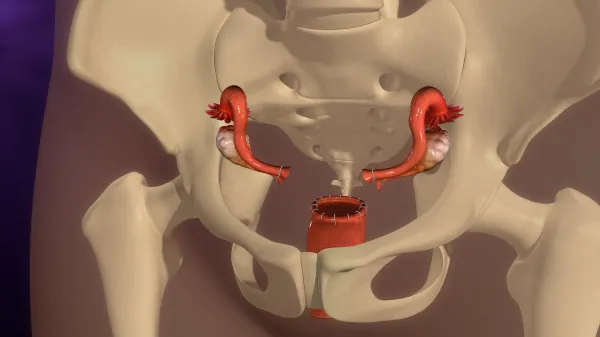Anesthesia Coding Alert
Diagnosis Coding:
Reporting Sciatica Is Simple – When You Watch These Details
Published on Thu Jun 10, 2021

You’ve reached your limit of free articles. Already a subscriber? Log in.
Not a subscriber? Subscribe today to continue reading this article. Plus, you’ll get:
- Simple explanations of current healthcare regulations and payer programs
- Real-world reporting scenarios solved by our expert coders
- Industry news, such as MAC and RAC activities, the OIG Work Plan, and CERT reports
- Instant access to every article ever published in Revenue Cycle Insider
- 6 annual AAPC-approved CEUs
- The latest updates for CPT®, ICD-10-CM, HCPCS Level II, NCCI edits, modifiers, compliance, technology, practice management, and more
Related Articles
Other Articles in this issue of
Anesthesia Coding Alert
- Obstetrics Care:
Focus on These 4 Areas to Ease Your Labor Epidural Coding
Accurate documentation can carry the claim. An anesthesia claim is based on a combination of [...] - Diagnosis Coding:
Reporting Sciatica Is Simple – When You Watch These Details
Pay special attention to accompanying conditions. Before you assign ICD-10-CM codes to any case, always [...] - Documentation:
Get the Details You Need by Crafting Clear Queries
Tip: Start by educating yourself to avoid losing credibility. Crafting an easily understood, concise query [...] - You Be the Coder:
Choose This Code for Erector Spinae Block
Question: I’ve reported CPT® code 64999 for an erector spinae pain block for years, but [...] - Reader Questions:
Append a Modifier to Report Return to Surgery
Question: I am coding for a Medicare patient who returned to the OR for chest [...] - Reader Questions:
Verify Documentation for +76937 with Line Placement
Question: Can we receive separate payment from Medicare or Medicaid when the physician uses ultrasound [...] - Reader Questions:
Don’t Report 01967 for Non-Obstetric Epidurals
Question: Some surgeons have started requesting that our providers use epidural anesthesia in lieu of [...] - Reader Questions:
Getting Patient Approval of Secure Communication
Question: Is patient consent required under HIPAA before we can share encrypted communications with the [...] - Reader Questions:
Remember These Criteria Before Billing Consultations
Question: Our pain management specialist offered consultation services to a patient who was in treatment [...]
View All




